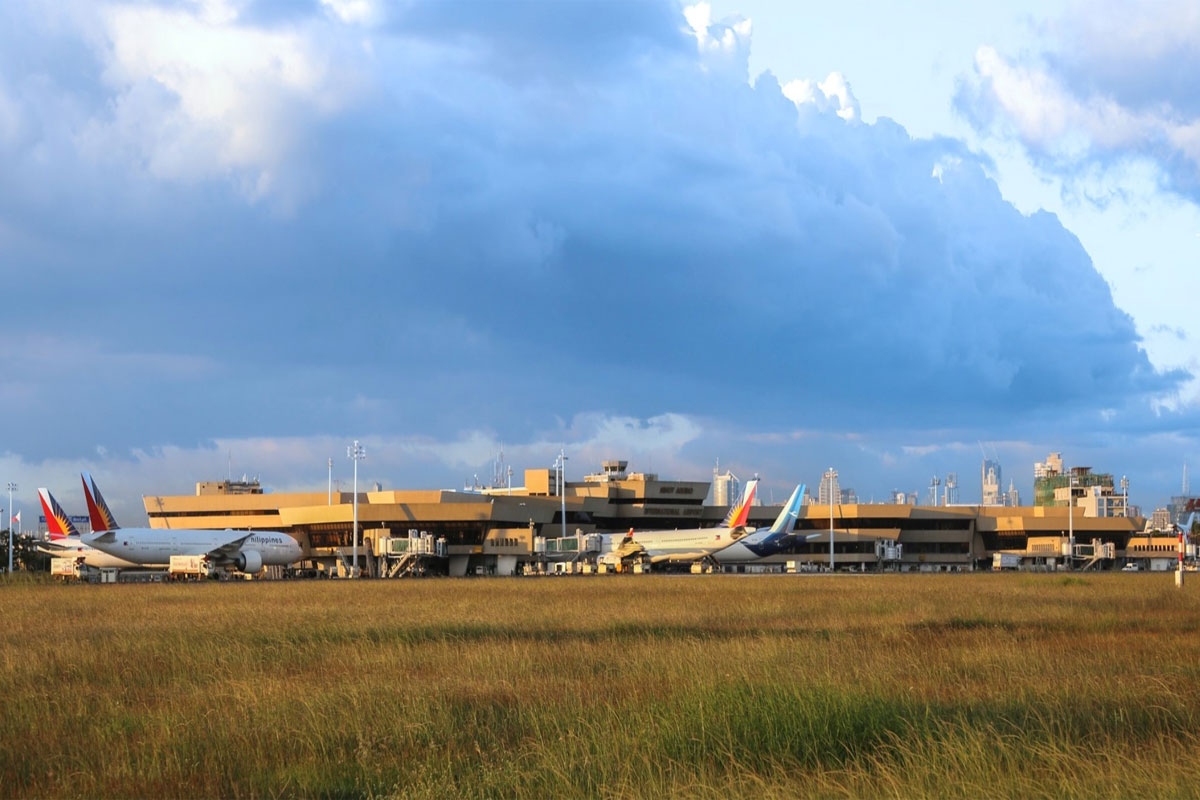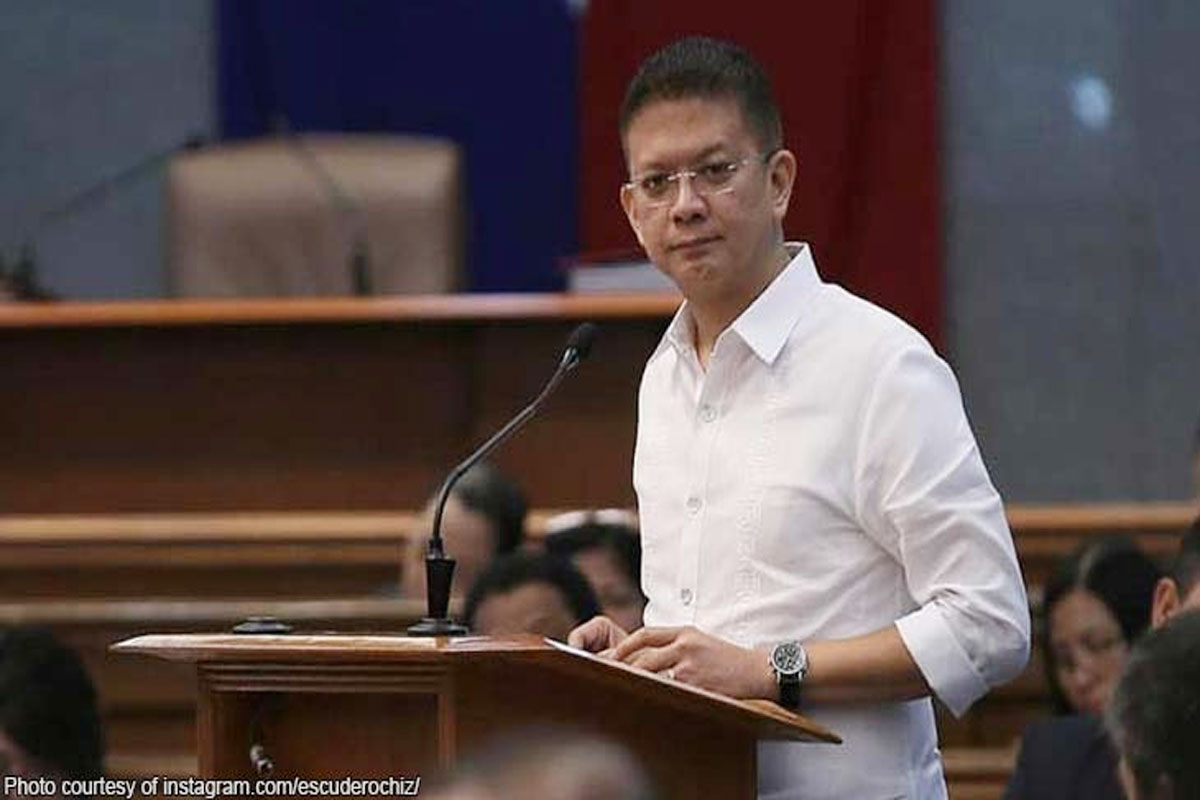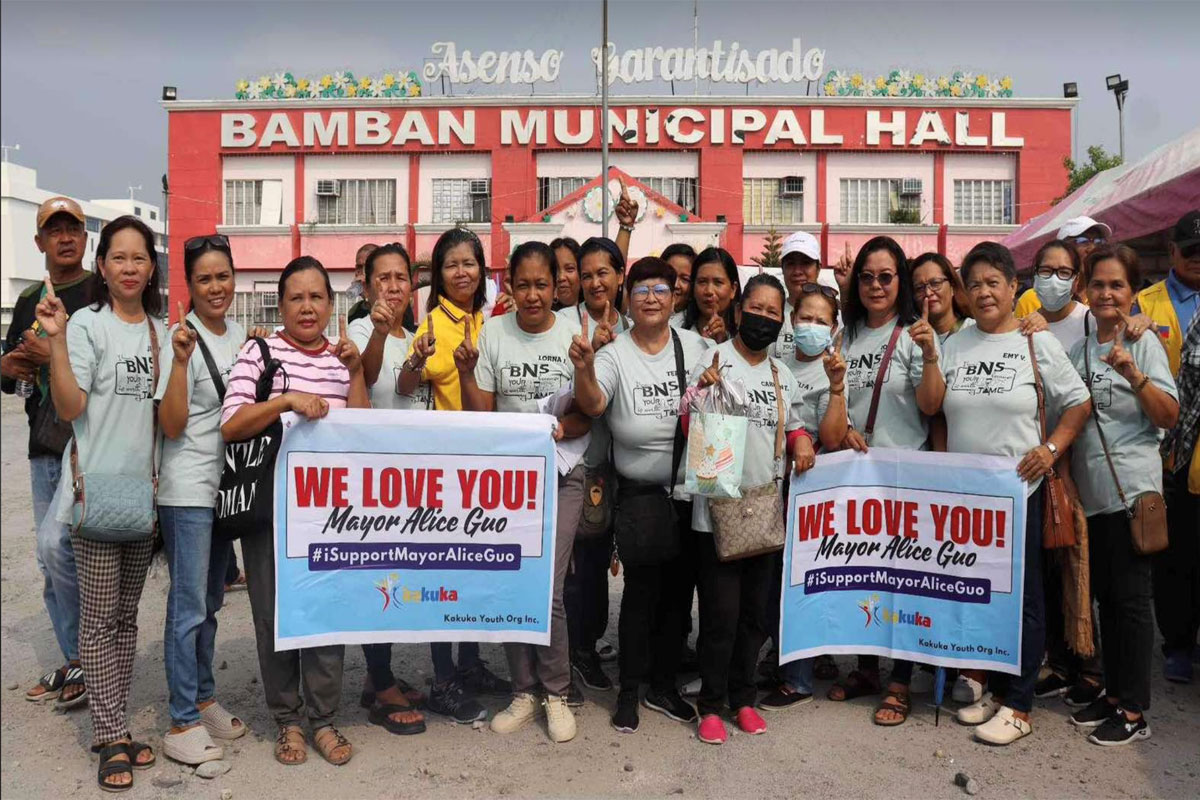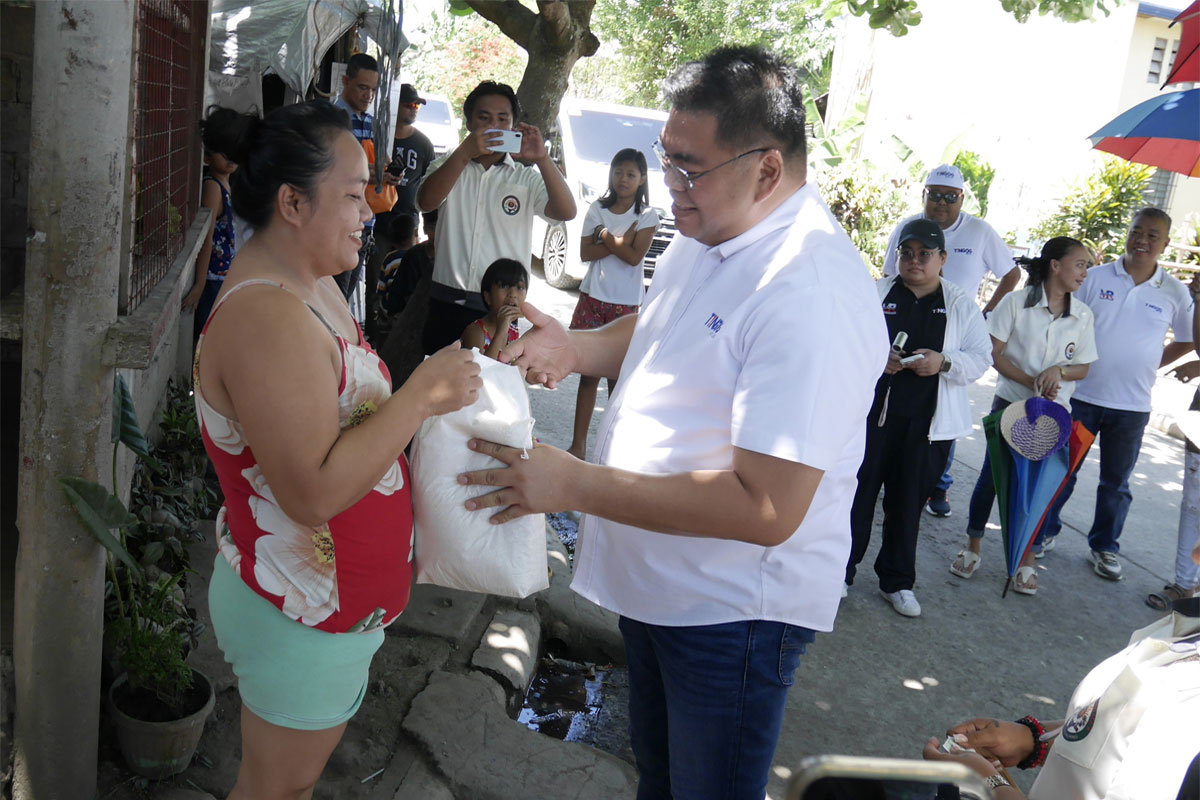
PH needs P1.3T to boost rice production, reduce wastage–DA sec
TO boost rice production, reduce wastage of agricultural products and ensure food security, the Philippines must invest P1.3 trillion in the next few years.
Agriculture Secretary Francisco Tiu Laurel Jr. said to irrigate 1.2 million hectares of farm lands planted mainly by rice, it would require P1.2 trillion in capital spending.
“No major post-harvest facility was funded by the government in the last 40 years. Puro maliliit, patingi-tingi which is actually irrelevant, useless. Sayang,” the agriculture secretary lamented.
“We really need to fund these projects. But we must build bigger. We have three designs—small, medium and large, not mini,” Laurel explained.
He added building integrated rice mills and warehouse complexes will cost around P90 billion over several years. These complexes can reduce an estimated 15 percent in losses in rice. Losses in rice were due to the lack of post-harvest facilities.
Laurel, however, said that it will save around P10.7 billion worth of rice or an additional 23 days of rice inventory, which is equivalent to around 10 percent of rice imports based on last year’s figures.
This year alone, P1 billion was allocated to build four cold storage facilities, at the Food Terminal Inc. complex in Taguig City, to address the oversupply and wastage of vegetables in Luzon alone.
Transporting vegetables from Benguet to Metro Manila, according to traders, results in 30 percent losses that are eventually passed on to consumers.
“If we try to solve the problem as soon as possible, assuming a target of 2025, I need an additional P5 billion to address the vegetable cold-storage issue of the whole nation,” he said.
The 5,000-pallet position cold storage facility in FTI will take at least 12 months to complete.
Laurel noted the main government agency that should address the oversupply of vegetable and high value crops are the local government units because many agricultural functions have been devolved.
Replying to the oft-repeated question on lowering rice price down to P20 a kilo, Laurel said the price remains an “aspirational target” that will take several years to achieve given the latest El Niño cycle that has jacked up global rice prices.
He noted that in Vietnam, the main source of Philippine rice imports, rice sells for around P34 a kilo due to high demand given importing nations’ stockpiling.

















